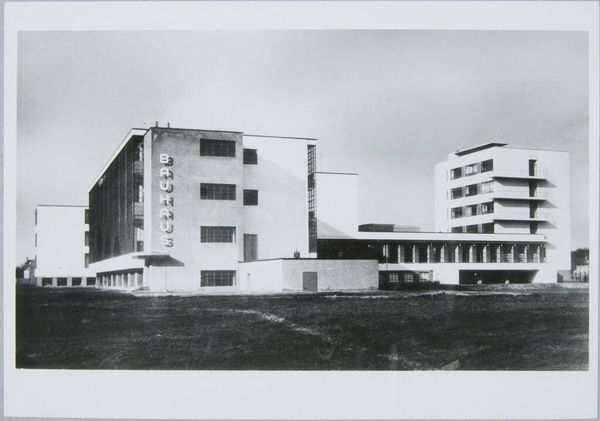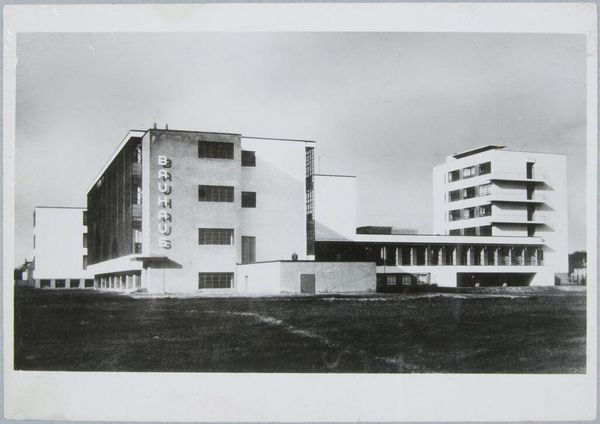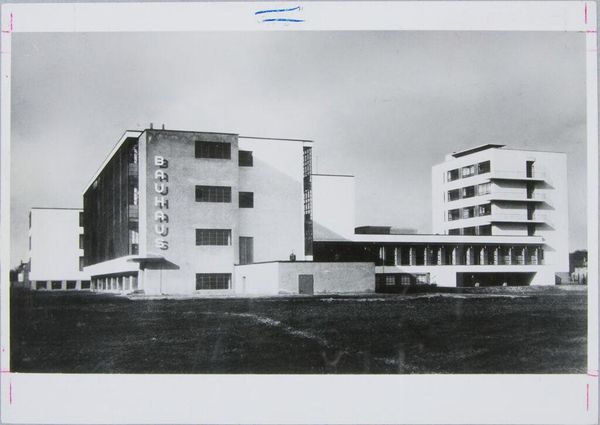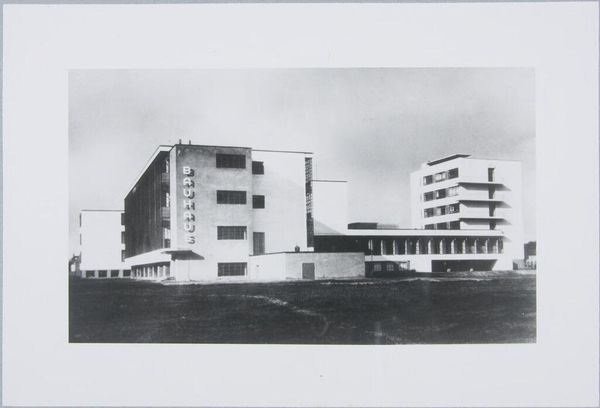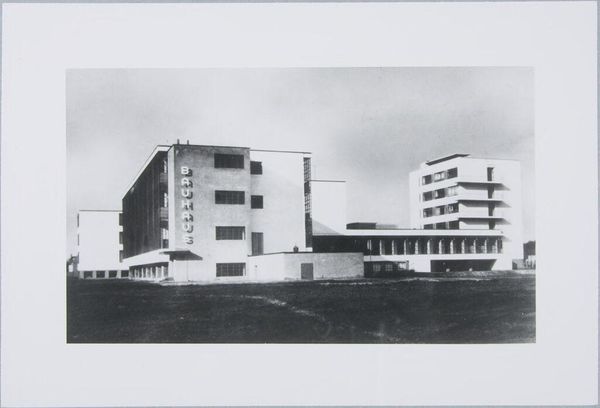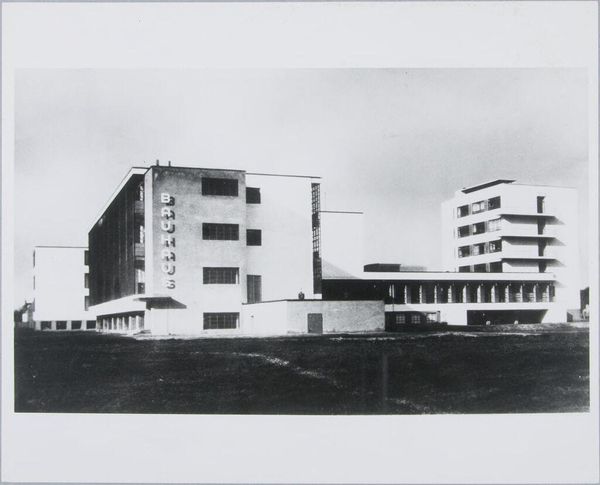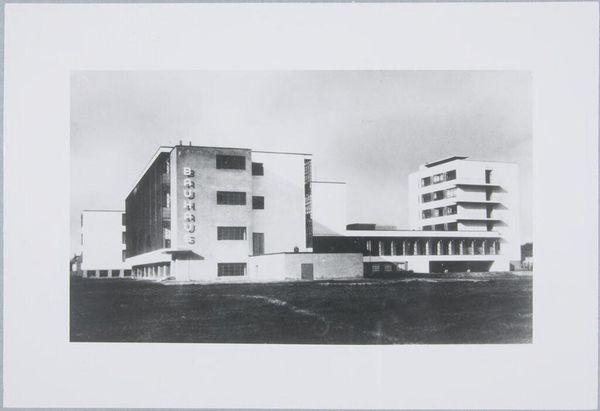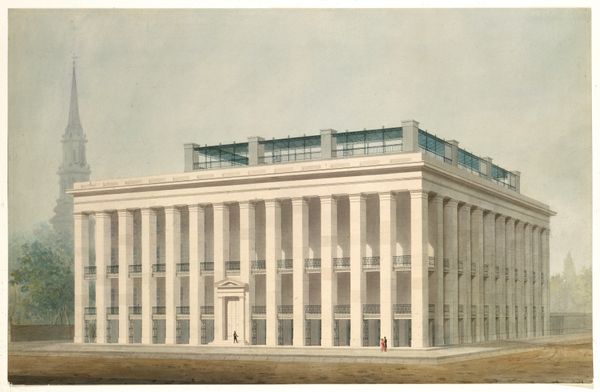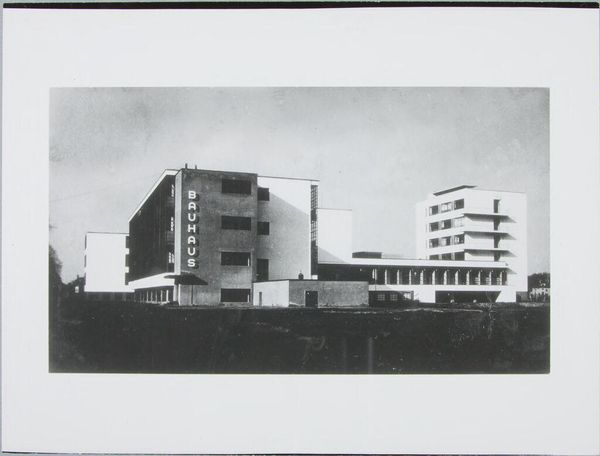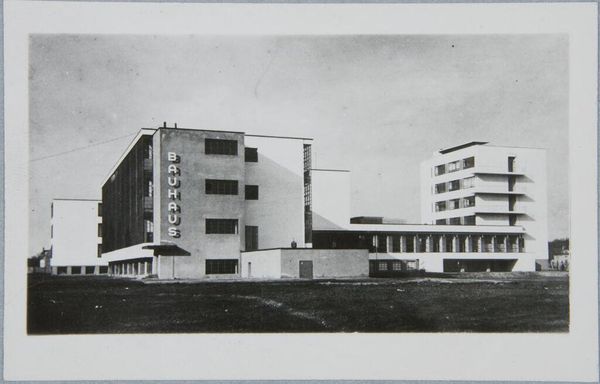
site-specific, architecture
#
concrete-art
#
building
#
urban cityscape
#
geometric
#
site-specific
#
cityscape
#
modernism
#
architecture
#
building
Copyright: Le Corbusier,Fair Use
Curator: This is the Secretariat Building in Chandigarh, designed by Le Corbusier and completed in 1953. Its striking use of raw concrete and modular design makes it an icon of modernist architecture. Editor: It certainly has a monumental feel, almost… Brutalist. The repetition of those geometric forms creates a very imposing presence. The way it dominates the cityscape is quite striking. Curator: Chandigarh itself was a fascinating project. As a new capital city for Punjab after the partition of India, its urban planning and architecture, including buildings like this, aimed to embody a new, modern identity. We see Le Corbusier's vision for urban life profoundly shaping this cityscape. Editor: The choice of exposed concrete is so interesting. It suggests honesty, an unvarnished approach to governance, perhaps? But I also wonder about the symbolism of scale here. How does it reflect or dictate power relations? I'm thinking about who gets access, whose voices are amplified. Curator: Absolutely, those are critical points. Consider also that Le Corbusier, while celebrated, has been critiqued for his top-down planning approaches, ignoring local contexts and social structures. The Secretariat can be seen as both an aspiration for a better future and a reminder of the potential pitfalls of imposing grand, universalizing visions. Editor: It really embodies that tension. The gridded façade speaks to efficiency and organization, yet that raw materiality is somewhat dystopian, at least in my interpretation. Is this about transparency, or about control? And who controls what gets seen, and what remains obscured? Curator: Thinking about its social function, we can see the Secretariat not merely as a building, but as a stage for governance, a backdrop against which power is negotiated and enacted daily. Its architecture becomes part of the performance of the state. Editor: Looking at it that way, this "machine for living," as Le Corbusier might have called it, feels far from neutral. Its architecture actively participates in shaping the experience of governance and the lived realities of the citizens it's meant to serve. It invites a critical discussion on identity, power, and the legacy of modernist urban planning. Curator: Precisely. Considering its influence, exploring its contested meanings remains incredibly pertinent. Editor: It certainly makes one reflect on the politics embedded within the very structure of our built environments.
Comments
No comments
Be the first to comment and join the conversation on the ultimate creative platform.
